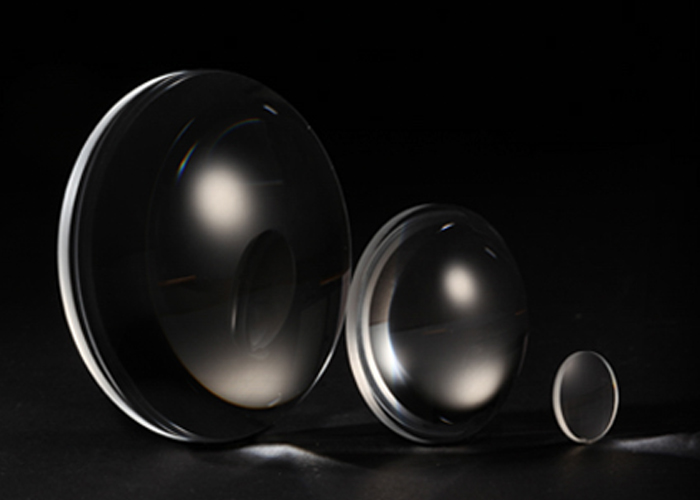Microscope is a scientific instrument, which is used to magnify tiny objects so that they can be observed by human eyes or other detection tools. The following are some important knowledge points about microscope:
1. Basic structure of microscope
Microscope usually consists of lens system, light source, bracket, focusing mechanism and so on.
The lens system includes an Objective Lens and an eyepiece lens for magnifying and observing the sample.
2. Magnification
Magnification is how many times the microscope can enlarge the sample. There are usually magnifications of objective lens and eyepiece, which are multiplied to get the total magnification.
3. Microscope type
Optical Microscope: use visible light to observe the sample. Include upright microscope, inverted microscope and other different types.
Electron Microscope: Electron beam is used to replace light, which has higher resolution, including transmission electron microscope (TEM) and scanning electron microscope (SEM).
Confocal Microscope: Scanning a sample with a focused beam to obtain a three-dimensional image.
4. Resolution of microscope
Resolution is the ability of a microscope to distinguish the minimum distance between two adjacent objects. Electron microscope usually has a higher resolution than optical microscope.
5. Use of microscope
Scientific research: Microscopes are widely used to observe and study tiny structures and phenomena in biology, chemistry, physics, geology and other scientific fields.
Medicine: In medical diagnosis, microscope is used to examine tissue samples and help doctors diagnose diseases.
Education: Microscope is a common tool in schools and university laboratories for science education and training.
Industry: In the fields of pharmacy, material science and electronic engineering, microscopes are used for quality control and research and development.
Mineralogy: used to detect the structure and composition of minerals, rocks and geological samples.
6. Microscope operation
Sample preparation: Before observation, it is usually necessary to prepare samples, such as slicing, staining or fixing.
Focusing: By adjusting the focal length, the sample can be clearly seen.
Observation and recording: Using eyepiece to observe samples, the observation results can be recorded for analysis and research.
7. Development history of microscope
The invention of the microscope can be traced back to the 17th century. The Dutch microbiologist Anthony van Leeuwenhoek was the first scientist to observe microorganisms with a microscope.
With the development of science and technology, the microscope is constantly improved and the resolution is constantly improved, which enables us to study the microscopic world more deeply.
In conclusion, microscopes are indispensable tools in the fields of science and medicine. They help scientists and doctors to observe and understand tiny structures and biological phenomena. There are many types of microscopes, each of which has its own unique application fields and characteristics. Through the microscope, people can reveal the mystery of the microscopic world and promote the development of scientific research and medical diagnosis.












